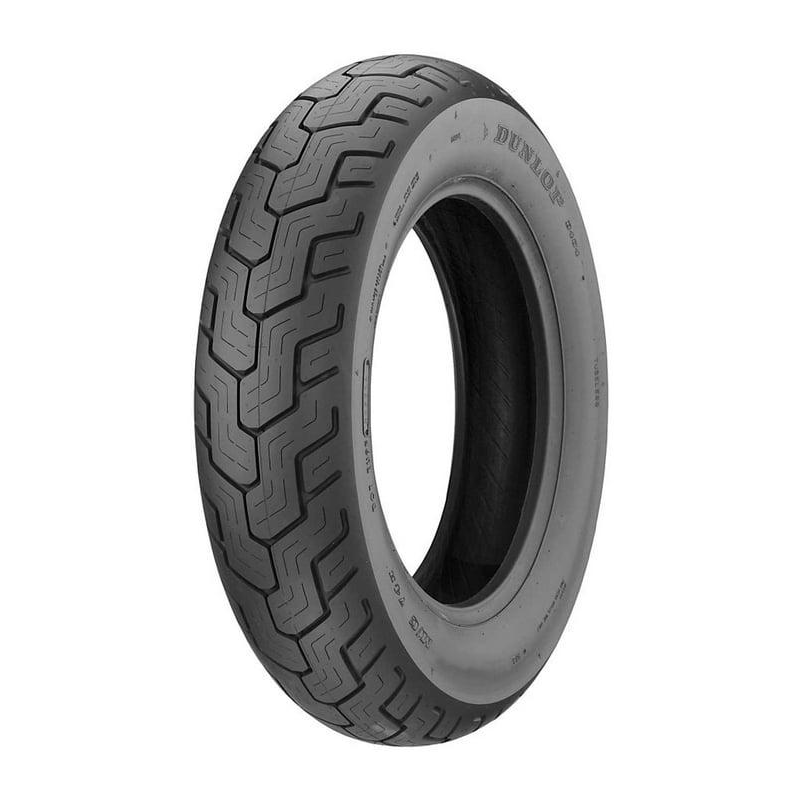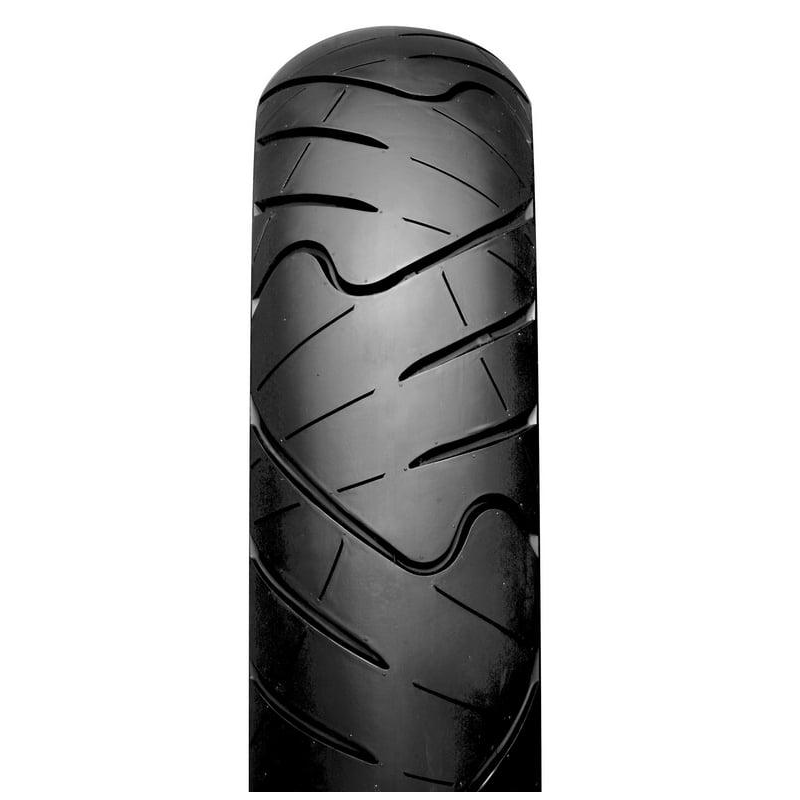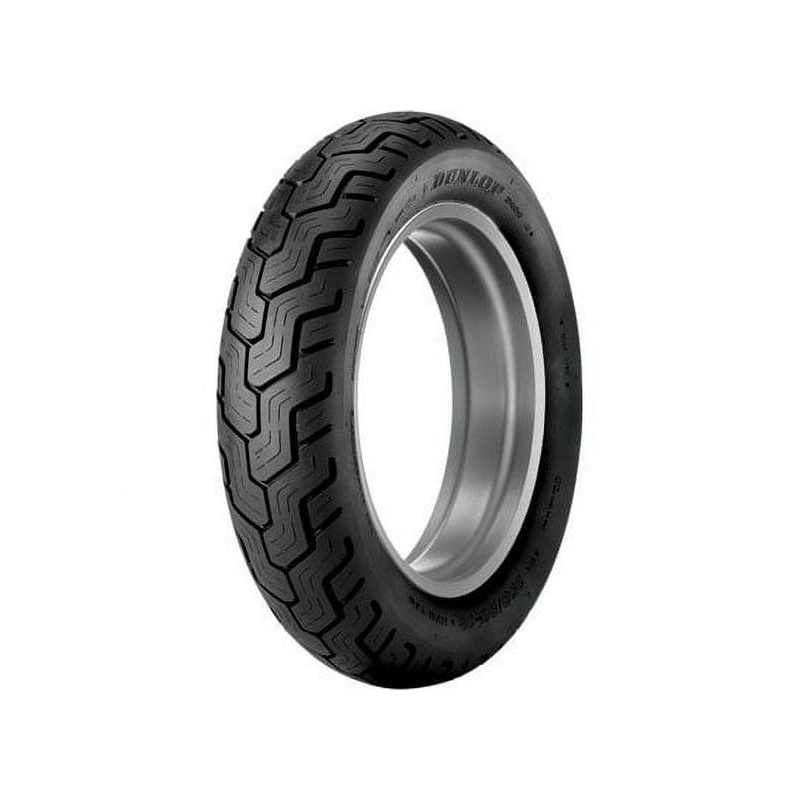Motorcycle tires are more than just the rubber components that allow your bike to roll; they are crucial to your safety, handling, and overall riding experience. Just like any other part of your motorcycle, tires wear out over time and can become unsuitable for safe operation. Knowing when to replace motorcycle tires can save you from hazardous situations, improve your bike’s performance, and enhance your enjoyment of riding.
While regular maintenance and inspections are essential, many motorcycle riders are often unsure of the specific indicators that suggest it’s time for a tire replacement. Factors such as tread wear, age, punctures, and damage play significant roles in determining whether your tires are still safe for use. In this comprehensive guide, we will delve into the intricacies of motorcycle tire longevity, the signs to watch for, and how to properly care for and replace your tires. Whether you’re a novice rider or an experienced motorcyclist, understanding when to replace motorcycle tires is crucial for maximizing safety and performance on the road.

Understanding Motorcycle Tires and Their Importance
Motorcycle tires serve multiple functions, greatly impacting handling, braking, and overall riding comfort. The relationship between your tires and the road is vital, as it affects traction and stability. A solid understanding of tire construction, types, and their purpose can help you appreciate why replacing them at the right time is essential.
Types of Motorcycle Tires
Motorcycle tires come in various types, each designed for specific riding conditions:
- Sport Tires: These tires are built for high-performance riding and are characterized by their softer rubber compounds. They provide excellent grip on dry pavement but wear out faster than other types.
- Touring Tires: Designed for long-distance rides, touring tires often prioritize durability and comfort. They typically have a harder rubber compound to enhance longevity.
- Dual-Sport Tires: These versatile tires are suitable for both on-road and off-road riding. They feature a tread pattern optimized for rugged terrain while maintaining adequate performance on paved roads.
- Cruiser Tires: Designed for heavier motorcycles, cruiser tires emphasize comfort and stability rather than aggressive grip. They often provide a flatter profile for easier handling in relaxed riding positions.
Understanding the type of tires on your motorcycle can help you recognize when they need replacing based on wear, riding style, and environmental factors.
The Role of Tread Depth
Tread depth is a critical factor in tire performance. Deep treads provide better grip and water dispersal, reducing the likelihood of hydroplaning. When your tread wears down to a specific depth, the tire’s ability to grip the road diminishes significantly. Most motorcycle tires have indicators that show the minimum acceptable tread depth. Keeping an eye on the tread depth ensures you maintain optimal traction and safety.
Signs That Indicate It’s Time to Replace Motorcycle Tires
Knowing when to replace motorcycle tires can be crucial for safe riding. Here are some key signs to look for:
Visible Wear Indicators
Many motorcycle tires come equipped with built-in wear indicators. These indicators are small raised sections molded into the tire tread. When the tread wears down to the level of these indicators, it signals that the tire is nearing the end of its useful life.
Uneven Wear Patterns
Pay attention to how the tread wears. If you notice uneven wear patterns, such as more significant wear on the edges or in the center of the tire, this can indicate improper inflation or alignment issues. Tires with uneven wear may need replacing even if there appears to be adequate tread remaining.
Cracks and Damage
Inspect your tires for any visible cracks, punctures, or cuts on the surface. Cracks can develop due to age, prolonged exposure to sunlight, or poor maintenance. If you find significant damage, it’s essential to replace the tire regardless of tread depth.
Vibration During Rides
Strange vibrations while riding can be an indicator of problems with your tires. This issue may arise from misaligned wheels or damaged tires. If you experience vibrations, have your tires inspected immediately.
Feeling of Instability
If you notice a decreased feeling of stability when cornering or riding straight, it may signal that one or both of your tires are worn out. A lack of grip or responsiveness is a clear sign that it’s time to consider a tire replacement.
Factors that Affect Motorcycle Tire Longevity
Understanding the factors affecting tire lifespan can help you maintain your tires better and know when replacement is necessary.
Riding Style
Your riding style plays a significant role in how quickly your tires wear. Aggressive riders who frequently accelerate hard and lean deeply into turns can expect tires to wear out faster than those who ride conservatively.
Weight Load
Always be aware of the weight you put on your motorcycle. Overloading your bike can lead to faster tire wear and increased heat generation, ultimately resulting in a shorter lifespan.
Road Conditions
Frequent riding on rough or poorly maintained surfaces can accelerate tire wear. Potholes, gravel, and loose debris add friction to the tires and can lead to premature damage.
Climate Considerations
Temperature fluctuations also impact tire longevity. Extremely hot or cold weather can affect the rubber compounds, leading to cracks or decreased traction. Rides in wet conditions can also wear out tires faster.
Regular Maintenance
Regular tire maintenance and inspections can significantly extend the lifespan of your tires. Proper inflation, wheel alignment, and periodic rotations can help ensure optimal performance and wear evenness.

How to Inspect Motorcycle Tires
Regular inspections are key to maintaining motorcycle tires and knowing when to replace them. Here’s how to conduct a thorough inspection:
Visual Inspection
Start with a visual inspection. Check for visible signs of wear, such as cracks, punctures, uneven tread wear, or bulges. Make sure to inspect the sidewalls, as they can sometimes sustain damage not visible at first glance.
Measuring Tread Depth
Using a tire depth gauge, measure the tread depth at various points on the tire. The minimum depth for motorcycle tires is typically around 1.6 mm; however, many riders prefer to replace tires when they reach about 3 mm for optimal safety.
Check for Inflation
Using a tire pressure gauge, ensure your tires are inflated to the manufacturer’s recommended pressure. Under-inflated or over-inflated tires can lead to uneven wear and performance issues.
Look for Vibration Patterns
During your ride, pay attention to any vibrations or instability. These sensations can indicate underlying problems with your tires or suspension system. If you experience issues, it may be worth inspecting your tires closely.
Best Practices for Tire Maintenance
To extend the life of your motorcycle tires and enhance safety, follow these best practices for tire maintenance:
Regular Rotation
Similar to cars, motorcycle tires can benefit from regular rotation. Swapping the position of your tires can ensure even wear across both front and rear tires, extending their lifespan.
Proper Inflation
Regularly check and maintain appropriate tire pressure. Proper inflation is critical for optimizing grip and handling. Always consult your owner’s manual for the specific pressure recommendations for your motorcycle.
Professional Inspections
Consider having your tires professionally inspected during regular maintenance appointments. Mechanics can spot issues that may go unnoticed, ensuring your safety on the road.
Clean the Tires
Dirty tires can lead to uneven wear. Use soap and water to clean the tread and sidewall of your tires gently. Avoid harsh chemicals and solvents, as they can damage the rubber.
Store Properly
If you plan to store your motorcycle for an extended period, elevate it on a stand or block to prevent flat spots on the tires. Avoid leaving tires in direct sunlight for long periods, as UV rays can cause rubber deterioration.
Replacing Motorcycle Tires: A Step-by-Step Guide
When it’s time to replace motorcycle tires, knowing how to do it properly can save you time and effort. Here is a step-by-step guide on how to replace motorcycle tires:
Gather Tools and Materials
Ensure you have the necessary tools, including:
- Tire lever
- Bead breaker
- Valve tool
- Tire pressure gauge
- New tires
- Rim lubricant
Remove the Wheel
- Lift the motorcycle using a stable stand to elevate the wheel you’re replacing.
- Use the appropriate tools to detach the wheel from the motorcycle.
Remove the Old Tire
- Utilize a bead breaker to separate the tire bead from the rim.
- Carefully fit a tire lever in between the tire and rim to pry it off. Work your way around the tire to remove it completely.
Install the New Tire
- Apply rim lubricant to the rim to facilitate easier installation.
- Position one side of the new tire on the rim, then fit the other side using tire levers. Be cautious not to damage the tire or rim during this process.
Inflate to Suggested Pressure
- Install a new valve stem if needed and inflate the tire to the manufacturer’s recommended pressure using a pressure gauge to check.
Reinstall the Wheel
- Once the new tire is properly installed and inflated, carefully reattach the wheel to your motorcycle.
- Ensure all hardware is tightened according to the manufacturer’s specifications.
Dispose of Old Tires Properly
- Remember to dispose of your old tires responsibly. Many tire retailers offer recycling services or can guide you on where to dispose of them safely.

Conclusion
Understanding when to replace motorcycle tires is fundamental for every rider’s safety and enjoyment. By being vigilant and observing the signs of wear, you can make informed decisions about tire maintenance and replacement. Regular inspections, proper tire care, and timely replacements ensure that your motorcycle remains safe to ride, ultimately enhancing your overall experience on the road.
With the right knowledge and tools, you can keep your motorcycle in top shape, ensuring optimal performance and safety. Remember that tires are your primary contact with the road; investing time and attention to their upkeep can make all the difference in your riding experience. Happy riding!